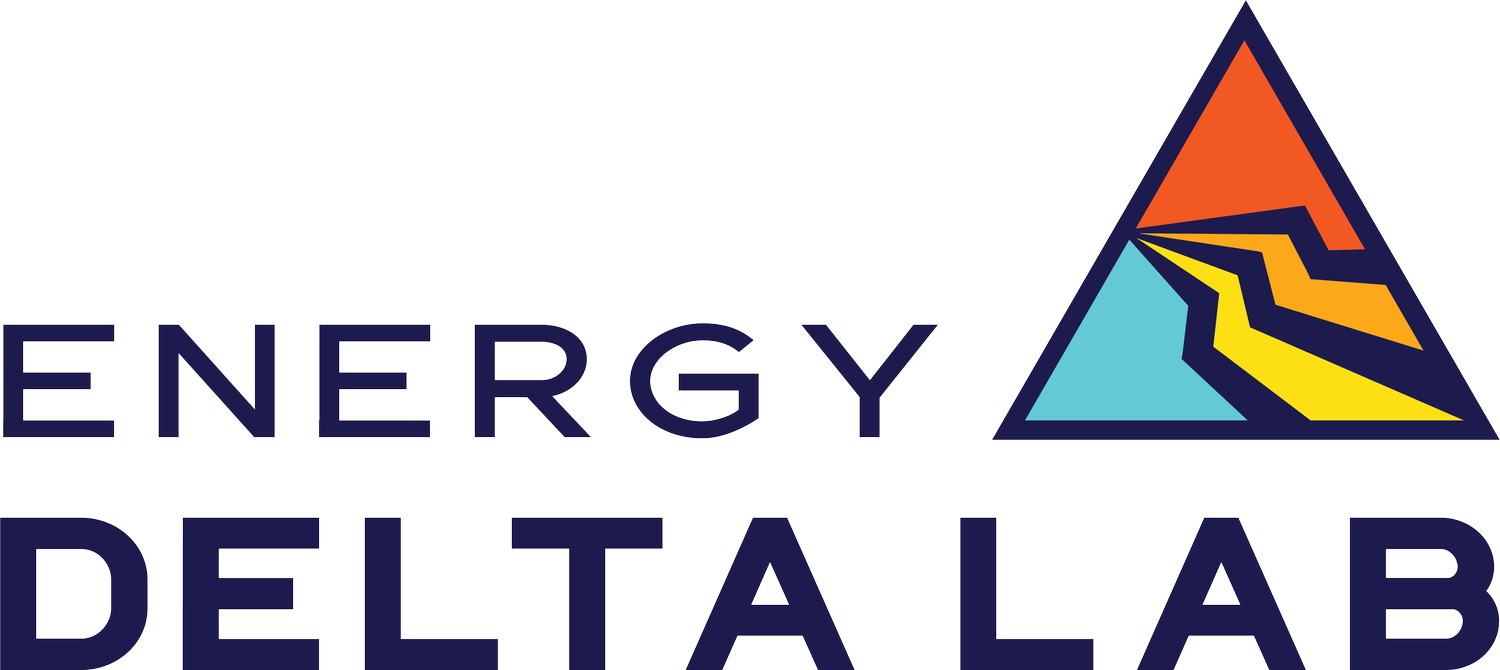Project Oasis defines Southwest Virginia as a location of choice in the Commonwealth for data centers based on power and broadband infrastructure along with the use of geothermal cooling technology with the billions of gallons of water collected in underground mines as a significant energy and cost-savings tool.
The Project Oasis study found that Southwest Virginia is well-positioned for data centers because of land availability, geothermal cooling opportunities unique to the region, and workforce readiness and development. It also outlined policy and infrastructure changes that could be made by the region and state to make Southwest Virginia more attractive for data centers.
The study was led by R. Kent Hill, managing principal of On Point Development Strategies and the former manager of strategic economic development for Dominion Energy. The LENOWISCO Planning District Commission, InvestSWVA and the Southwest Virginia Energy Research and Development Authority served as strategic partners, while funding came from the GO Virginia Region One Council and the Virginia Department of Mines, Minerals and Energy.
Highlights from the study’s executive summary are below:
Economic Impact
The economic and fiscal impact analysis that was conducted for Project Oasis estimated that a large data center locating in the region would result in over 2,000 jobs created during construction, 40 direct and 59 additional permanent jobs, $233 million in economic activity during construction, and over $50 million in economic activity annually once operations begin.
Land and Geothermal Cooling
As data center suitable real estate becomes increasingly scarce and extremely expensive in Northern Virginia, other parts of the state with abundant power and fiber infrastructure have seen increased interest from data center developers.
Data centers have unique site and infrastructure requirements. There are multiple sites within GO Virginia Region One that could be suitable for a large data center. An assessment of available publicly controlled sites in the region of 25 acres or larger was conducted utilizing current data center industry site selection criteria.
Six sites met the general criteria for a large 36 MW hyperscale data center, and four additional sites could be suitable for a smaller data center of up to 10 MW. Two of the sites have opportunities for geothermal cooling through utilization of 51-degree mine water contained in vast pools below the surface of previously mined properties. An additional site has underground space that provides a consistent 55-degree temperature. Both conditions maximize water utilization and make data center operations more sustainable.
The annual savings for a geothermal cooling system would be over $1 million annually in reduced electric costs and municipal water purchases. Factoring in savings for avoided maintenance and other costs for a conventional system, the mine water system would provide a favorable return on investment and result in net annual savings for the data center operator. Coalfield Strategies, InvestSWVA’s project development team, is currently working on a pilot project with the Southwest Virginia Energy Research and Development Authority utilizing available grant funding that could be presented to data center companies with significant sustainability goals.
The region provides a low-risk option from natural and man-made disasters and meets distance requirements for disaster recovery and back up from primary data center locations such as Ashburn, Richmond, and Boydton, VA (Microsoft). The electric transmission network that supplies the region has three transmission providers and is electrically diverse from data center hubs in Northern Virginia, Richmond, and North Carolina.
Sustainability
Most new renewable energy projects for data centers in the current market utilize solar energy, which requires a large land area (6-10 acres per MW). Southwest Virginia has ample previously mined properties suitable for solar development.
The availability of solar development potential, cost-effective geothermal cooling, and the region’s desire to transform itself from a coal producing area to an innovative renewable energy hub, provides a compelling case for data centers who are increasingly mandating new facility locations that allow sustainability goals to be met.
Workforce
There is a reasonable pool of workers in the region with skills and training that are potentially transferrable to a data center environment. Wages for IT workers such as network architects and information security analysts are 17% less in GO Virginia Region One than the national average. Strong IT training programs and resources exist with the community colleges in the region and the University of Virginia at Wise.
State and Local Incentives
In addition to Virginia’s competitive statewide incentives, the Commonwealth allows a separate property tax rate to encourage investment (i.e. property tax on data center equipment). No localities in GO Virginia Region One currently have a data center specific taxation class. However, recent discussions with local government officials in the region have indicated there is a strong willingness to review tax structure for potential future changes that would make them more competitive. A tax rate and depreciation schedule that is competitive with localities such as Henrico County and Chesterfield County will be necessary to make the region a cost-effective alternative for this capital-intensive industry.
A Construction Employment Tax Credit of 20% of wages paid for construction workers for a data center or similar capital-intensive project located in underserved and rural areas should be evaluated.

